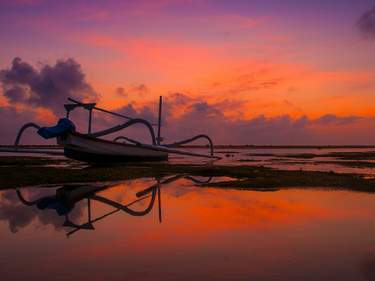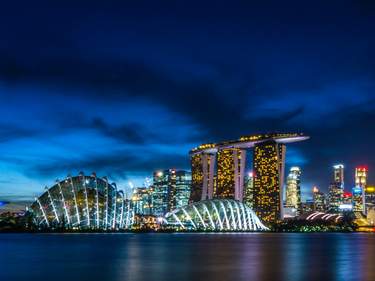4. To visit Pulau Samosir, the largest island-within-an-island
The best place to experience Lake Toba’s spell is Samosir, a 1,000-sq km (380-sq mile) island in the lake. Samosir is regarded as the original home of the Bataks in North Sumatra. Boats depart from Parapat for Samosir daily. The main entry point is Tomok, a 30-minute ride across quiet water.
The carved boat-like tomb of King Sidabutar is here. In an enclosure opposite the tomb are ritual statues of a buffalo sacrifice. At the end of an avenue of souvenir booths leading from the jetty are dozens of stands selling kain ulos (hand-woven fabric), two-stringed mandolins, ornate woodcarvings, Batak calendars and many other items of cultural interest.
Other boats from Parapat will take visitors directly to the dozens of attractive, waterfront guesthouses scattered in Tomok, Ambarita and on the Tuk-Tuk peninsula.
Rough Guide tip: The journey only begins when you reach your destination. Find out how to get to Indonesia.





























